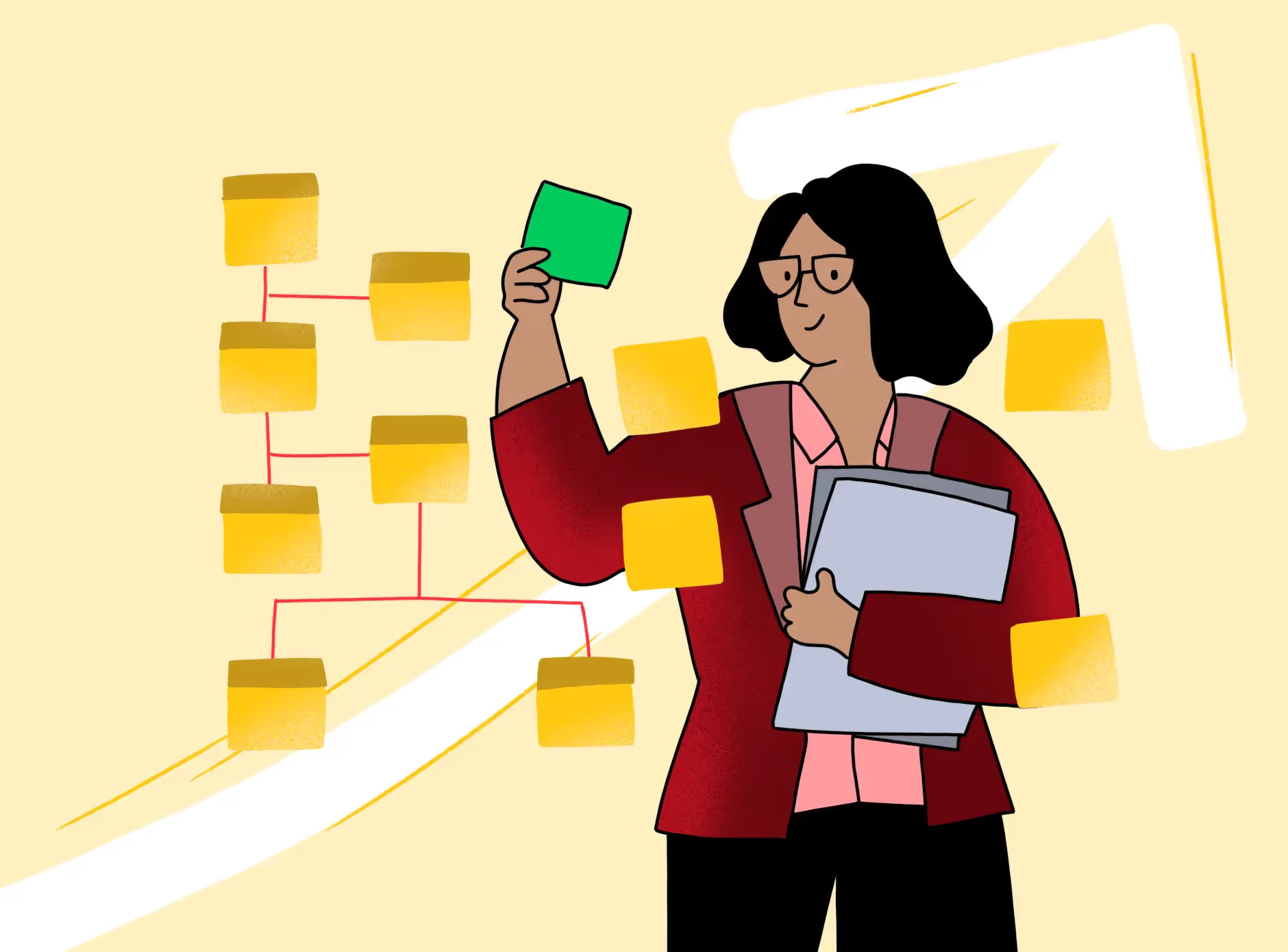




Key Takeaways
Step 1: Define your target audience.
You'll have a hard time selling your digital products or services if you don't know who your target audience is. Spend enough time researching your market and creating a persona template for your target consumer. This will aid in the construction of a more robust marketing strategy and aid in the development and iteration of your product.
Step 2: Validate your digital product idea
Validate your idea even before you spend too much time developing and promoting your product. Whether you're creating an online course, a template, or a subscription, you should consider whether the concept you've come up with is appealing to the end-user. The simplest method to achieve this is to ask them through phone calls, surveys on what they want and whether they are willing to pay for it.
Step 3: Create your digital product
It's time to develop your digital product now that you've defined your target audience and verified your concept. Start with something that uses your core abilities if you've never created a digital product before. Create an online design course if you're a graphic designer or create a community for bikers if you are into bikes.
Step 4: Set up your landing page
With a stunning landing page, you can give your product a robust online presence. You may start with awesome landing page templates or create one from scratch without writing any code. A comprehensive website builder system like Wordpress or web flow can help you create one if you're just getting started. If you are looking for a website and landing page builder exclusively built for Knowledge commerce, EdisonOS can help you.
Step 5: Mark your price
It might be not easy to choose the correct pricing for your digital products. You won't be able to generate a solid cash stream if you price it too cheap. If you price it too expensive, no one will purchase it. Competitive research is sometimes the most fantastic method to figure out the correct pricing for your goods. Don't be scared to put yourself to the test. You may test two pricing points in an A/B test, collect conversion statistics, and optimize accordingly. Pricing differently for different demographics can also be a good strategy. It's not uncommon that many of our customers at EdisonOS configure Geolocation on our product's module to set differential pricing for different countries.
Step 6: Build and market to your audience
It would be best if you began creating an audience for your course even before it is launched. You may already have a sizable fan following to advertise as a creator. You may create a waiting list for them to join to be alerted when the product is released. Make as much noise as possible through social media and email newsletters about your product. Outside of your current fan base, there's a good chance that your product might benefit a large number of others too.
Step 7: Keep optimizing
Informed feedback loops are the most effective method to build your business. Request input from your consumers on how you might improve. Conduct Customer interviews, Send Feedback surveys and analyze them to create an optimization checklist. You may quickly release an updated version of a digital product and enhance the consumer experience to greater heights.
Step 8: Leverage tech for scale
Any business might be challenging to scale. You may have created a fantastic digital product, but scaling it won't be easy without the appropriate tools and technology in place. EdisonOS thrives in this area, especially for creative enterprises like yours. You get the entire technology infrastructure in your brand to build your business in one place with EdisonOS.
If you are an entrepreneur selling knowledge-based products or interested in pursuing one, we can help you. Feel free to reach us at team@edisonos.com











.png)
.webp)
